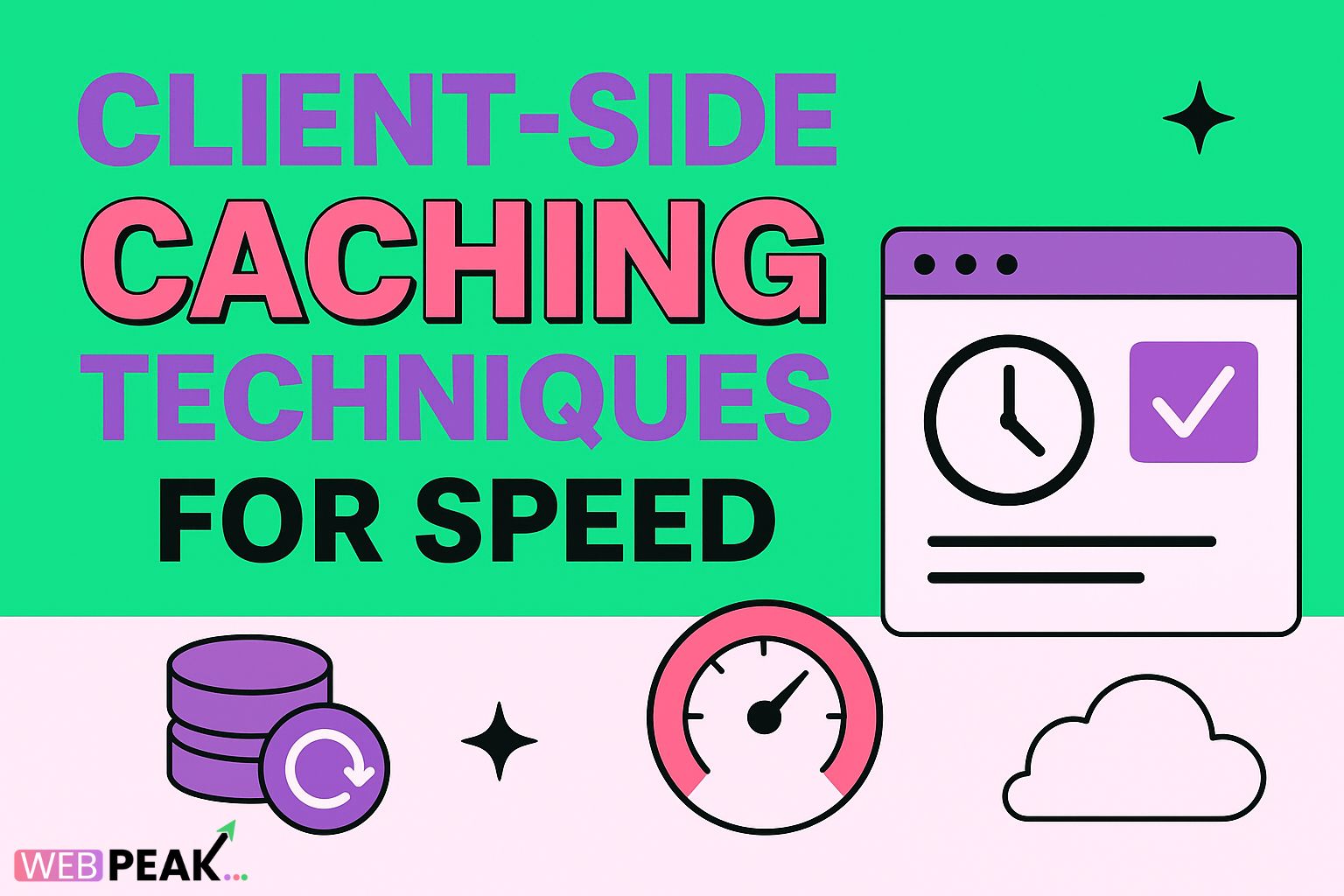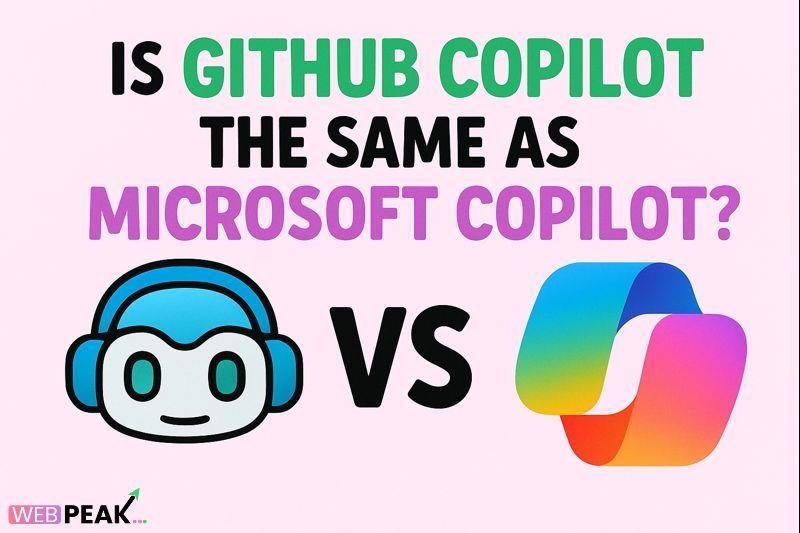Client-Side Caching Techniques for Speed
In today’s fast-paced digital world, website performance directly impacts user experience, SEO rankings, and conversion rates. One of the most effective ways to boost page load speed is by implementing client-side caching techniques. Client-side caching allows browsers to store website data locally, reducing server requests and improving load times for returning users. In this guide, we’ll explore the best practices, caching types, and optimization strategies to help developers, bloggers, and businesses speed up their websites efficiently.
What Is Client-Side Caching?
Client-side caching is the process of storing web assets such as HTML, CSS, JavaScript, and images on a user’s local device. When a visitor returns to your website, their browser retrieves these cached files instead of downloading them again from the server. This reduces bandwidth usage, shortens load times, and provides a smoother browsing experience.
The browser cache acts as temporary storage, saving frequently accessed files. The more efficiently you manage this cache, the faster your site becomes for repeat visitors.
Why Client-Side Caching Improves Website Speed
Speed optimization is essential not only for user experience but also for SEO performance. Search engines like Google consider website loading time as a ranking factor. By optimizing client-side caching, you can:
- Reduce HTTP requests between the client and server.
- Minimize page load times for repeat visits.
- Lower server load and bandwidth costs.
- Enhance Core Web Vitals scores (Largest Contentful Paint, First Input Delay, Cumulative Layout Shift).
- Boost user engagement and retention.
Types of Client-Side Caching
There are several types of caching mechanisms that can be implemented on the client side. Each has its own purpose and advantages. Let’s explore the most common ones.
1. Browser Cache
The browser cache is the most common form of client-side caching. It stores static files like CSS, JavaScript, and images on the user’s device. When the user revisits a site, these files load from the cache rather than the network, drastically reducing load times.
2. HTTP Cache
HTTP caching uses specific headers to control how browsers cache resources. Developers can configure caching policies through HTTP headers such as:
- Cache-Control: Defines how long files should be cached (e.g.,
Cache-Control: max-age=31536000). - Expires: Sets an explicit expiration date for cached resources.
- ETag: Provides a unique identifier for resource versions, allowing browsers to validate if a cached resource is still fresh.
- Last-Modified: Indicates the last modification date of a resource for revalidation.
3. Service Workers and Progressive Web Apps (PWAs)
Service workers enable advanced caching strategies by intercepting network requests and serving cached responses. They form the backbone of Progressive Web Apps (PWAs), which can even function offline. Service workers allow developers to define caching logic using the Cache API, giving greater control over which assets are stored and for how long.
4. Local Storage and Session Storage
HTML5 introduced localStorage and sessionStorage APIs for storing key-value data in a browser. These are ideal for caching small pieces of data such as user preferences or session information. Unlike cookies, they do not automatically get sent to the server with every request, improving performance and privacy.
5. IndexedDB
IndexedDB is a low-level API for storing structured data. It allows caching of large datasets, such as user-generated content or application state, in the browser. IndexedDB is especially useful for web applications that need offline functionality or handle complex data.
How to Implement Effective Client-Side Caching
Optimizing caching requires strategic configuration and awareness of how browsers manage data. Below are actionable steps and best practices for implementing client-side caching techniques for speed.
1. Use Cache-Control Headers
The Cache-Control header defines how and for how long browsers should cache files. A simple rule of thumb is to cache static assets (CSS, JS, images) for a longer period and dynamic content for a shorter one.
Cache-Control: public, max-age=31536000This tells browsers to cache the file for one year. For frequently updated files, you can use must-revalidate or version control in filenames to ensure fresh content loads when updated.
2. Implement ETags for Validation
ETags help browsers determine if a resource has changed. If not, the cached version is used. This technique saves bandwidth and ensures the browser only downloads changed files.
3. Use Versioning for Static Assets
Appending version numbers or hashes to filenames (e.g., style.v2.css or app.4fa3.js) ensures browsers fetch the latest versions when updates occur. This prevents users from seeing outdated content while maintaining long cache durations.
4. Set Up Service Workers for Offline Support
Service workers enable intelligent caching strategies. By writing a custom caching script, you can pre-cache assets, handle offline requests, and manage cache expiration manually. This is a must-have for modern web applications and PWAs.
5. Optimize Image Caching
Images take up the majority of a page’s weight. Using efficient image formats (like WebP or AVIF) and caching them with appropriate headers can greatly improve load speed. Lazy-loading images can also help by only loading them when needed.
6. Use Compression with Caching
Combine caching with compression (e.g., Gzip or Brotli) to reduce file sizes before caching. This further enhances the speed and efficiency of resource delivery.
7. Test and Monitor Cache Performance
Use browser developer tools (Chrome DevTools, Lighthouse, or GTmetrix) to analyze cache effectiveness. Check cache hit ratios, expiration times, and validate whether assets load from the network or cache.
Best Practices for Client-Side Caching
- Cache static resources for long durations and use versioning to manage updates.
- Use
Cache-Controlheaders strategically to balance freshness and speed. - Combine service workers and IndexedDB for offline-ready applications.
- Regularly clear outdated cache data to prevent storage bloat.
- Leverage Content Delivery Networks (CDNs) alongside browser caching for global performance improvement.
SEO Checklist: How Client-Side Caching Boosts SEO
Website speed plays a crucial role in both user experience and SEO. Implementing proper client-side caching can directly influence your site’s search visibility. Here’s a checklist of SEO benefits and steps:
- Improve Page Speed: Faster loading pages lead to better user engagement and lower bounce rates.
- Enhance Core Web Vitals: Optimize Largest Contentful Paint (LCP) and First Input Delay (FID) scores with efficient caching.
- Reduce Server Load: Cached resources minimize server strain, improving uptime and consistency.
- Boost Mobile SEO: Cached assets help mobile users with slower networks access content faster.
- Better User Experience: Returning visitors enjoy faster load times, which indirectly supports SEO ranking.
Common Mistakes to Avoid in Client-Side Caching
- Setting long cache durations for files that change frequently.
- Not using version control for cached assets.
- Overusing local storage for sensitive data.
- Failing to invalidate outdated caches during site updates.
- Ignoring cache testing and performance monitoring.
Example: Simple Cache-Control Configuration
# Apache .htaccess example
<IfModule mod_headers.c>
<FilesMatch "\.(jpg|jpeg|png|gif|css|js|ico)$">
Header set Cache-Control "max-age=31536000, public"
</FilesMatch>
</IfModule>This configuration tells the browser to cache specific file types for one year, improving repeat visit performance significantly.
Tools to Test and Validate Your Caching Setup
- Google Lighthouse: Evaluate caching and speed metrics directly in Chrome DevTools.
- GTmetrix: Get detailed insights into caching performance and improvement areas.
- Pingdom: Test load times from various locations and analyze cache hits.
- WebPageTest: Provides advanced caching breakdowns and optimization suggestions.
Final Thoughts on Client-Side Caching Techniques for Speed
Optimizing client-side caching techniques for speed is one of the most impactful steps you can take to improve your website’s performance. Whether you’re running a blog, an eCommerce store, or a web application, caching ensures your visitors enjoy lightning-fast experiences. Combine smart caching policies, service workers, and compression to deliver the best results across all devices.
If you need expert help optimizing your website for speed and SEO, WEBPEAK offers comprehensive Web Development, Digital Marketing, and SEO services designed to elevate your online presence and technical performance.
Frequently Asked Questions (FAQ)
What is client-side caching?
Client-side caching stores website resources like images, CSS, and scripts on the user’s local device, allowing faster loading when they revisit the site.
How does caching improve website speed?
Caching reduces the number of server requests and network latency by serving files directly from the browser’s local storage or cache memory.
What is the difference between client-side and server-side caching?
Client-side caching stores resources on the user’s browser, while server-side caching stores processed data on the web server. Both work together to improve performance.
How can I test if caching is working?
Use Chrome DevTools or tools like GTmetrix and Lighthouse to check cache status, expiration headers, and resource load behavior.
Can client-side caching affect SEO?
Yes, caching enhances page speed, which is a ranking factor for search engines. Faster websites rank better and provide superior user experiences.
How long should I cache my website files?
Static files can be cached for weeks or months. Dynamic content should have shorter caching periods or validation mechanisms like ETags.





